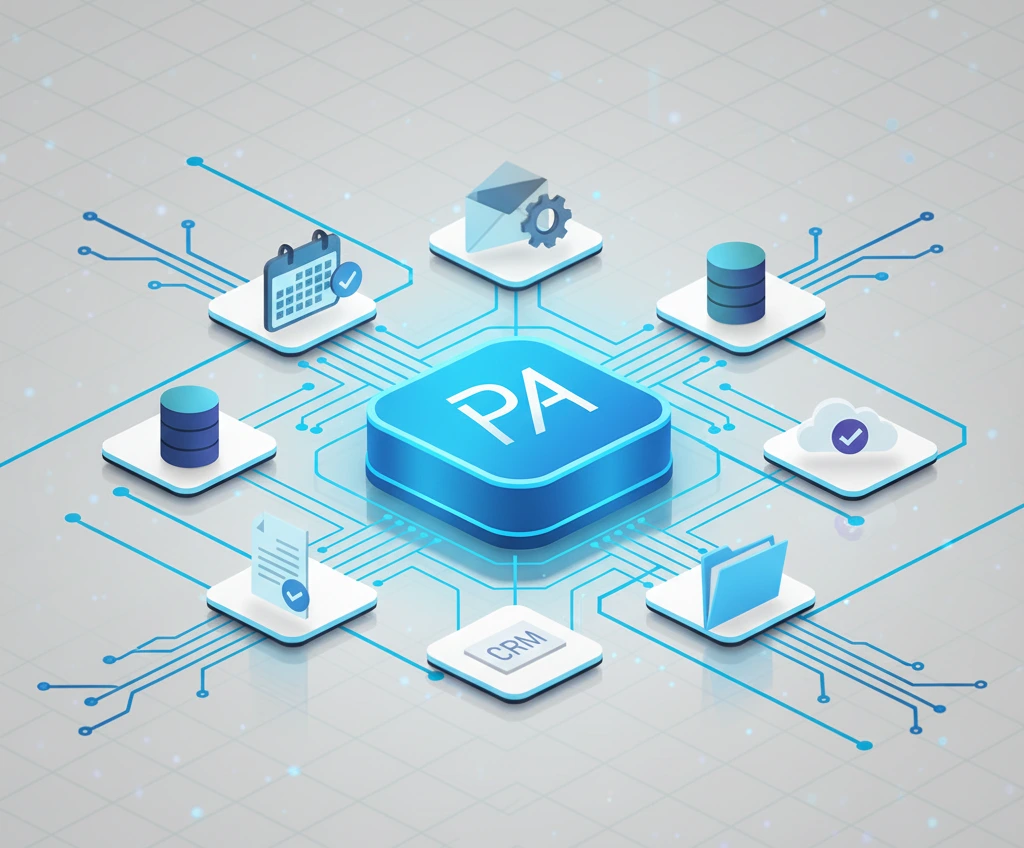Power Automate: The Secret to Cutting down Manual Workflows
Manual workflows are a productivity killer in an almost every business. Whether it is forwarding emails for approval, entering data into spreadsheets, or shuffling invoices between departments, these repetitive tasks silently consume hours of valuable time. The result? Delayed decisions, higher costs, and frustrated employees.
Enter Microsoft Power Automate: A tool designed to eliminate these inefficiencies by automating workflows, connecting apps, and letting people focus on the work that truly matters.
In this blog we will look at the way Power Automate is revolutionizing productivity, the type of workflows it can handle, and why it has become a secret weapon in businesses today.
Why Manual Workflows are slowing down Businesses
Manual processes are not only tedious, but also costly. Research shows that employees spend up to 40% of their time on repetitive tasks like data entry, approvals, and status updates. These processes often lead to:
- Errors caused by copy-paste fatigue or overlooked details.
- Bottlenecks when work is waiting inboxes of someone to get approved.
- Low morale because employees are wasting time in administration rather than in work itself.
This is where automation comes in not to set people home free but to take them out of the pain of repetition.
What is Microsoft Power Automate?
Power Automate is a cloud application that enables companies to develop automated processes between applications and services. It is a Microsoft product. In addition, imagine it to be a connector between all the tools you are using on a daily basis: Microsoft 365, Dynamics 365, Salesforce, Slack, Google Drive, and hundreds more.
With Power Automate, you can:
- Automate routine approvals (like leave requests or invoice sign-offs).
- Synchronize data between apps without export/ imports.
- Trigger actions when events occur (e.g., save an attachment to SharePoint whenever I get a new email).
- Recognize forms, images or customer requests using AI.
The best part? You do not need to be a developer. Power Automate has low-code, no-code design, which implies that anyone could create workflows using basic drag and drop actions.
Real-World Examples of Power Automate in Action
Let us make it practical. Here is how businesses are reducing manual workflows using Power Automate:
- Finance Teams: Automatically route expense reports for approval, attach receipts, and sync approved data with ERP systems.
- HR Departments: Automate employee onboarding, which means automatically creating user accounts and sending welcome email, as well as assign training tasks.
- Sales Teams: When a new lead comes in from a website form, Power Automate instantly adds them to Dynamics 365 CRM, notifies sales reps on Teams, and logs the lead in Excel.
- Customer Support: Auto-generate support tickets from emails, categorize them, and assign them to the right agent.
These automations save hours every week, enhance accuracy and make sure nothing slips/waste through the cracks.
Key Benefits of Using Power Automate
- Time Savings: Save time when doing extensive repetitive work.
- Reduction of errors: Automations are uniform, no spelling mistakes or omissions.
- Increased Productivity: Teams do not need to spend time on administration. They can concentrate on strategy, innovation and customer service.
- Seamless Integration: Compatible with 500+ connectors between Microsoft and third party apps.
- Scalability: Start small and expand automation across departments as you grow.
Role of Artificial Intelligence in Power Automate
Power Automate is no longer about simple workflows, it is evolving with AI. With AI Builder, business can:
- Extract data from invoices or forms automatically.
- Workflow activation by natural language, e.g. When I receive an invoice above 5,000, send it for approval.
- Classify customer feedback to prioritize urgent issues.
Automation, which is done with AI, transforms manual workflows not only into automated ones but also into intelligent and active ones.
Getting Started with Power Automate
Here is a simple 3-step approach to begin:
- Identify Pain Points: List the manual tasks your team complains about most.
- Start Small: Automate one workflow (like invoice approvals or email-to-SharePoint file saving).
- Expand Gradually: Once you see the time savings, scale to HR, sales, and operations.
The learning curve is low, and the ROI shows up quickly.
Final Thoughts
In the modern competitive world, organizations cannot afford to spend time on manual processes. Microsoft Power Automate provides the tools to turn hours of repetitive work into seamless, error-free processes that run in the background.
It is not only about reducing manual work, but also enabling your team to concentrate on innovation, growth and customer value.
If your business is still stuck in spreadsheets and email chains, maybe it is time to ask: What could we achieve if our workflows ran themselves?









